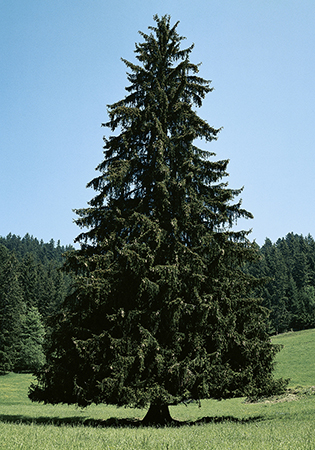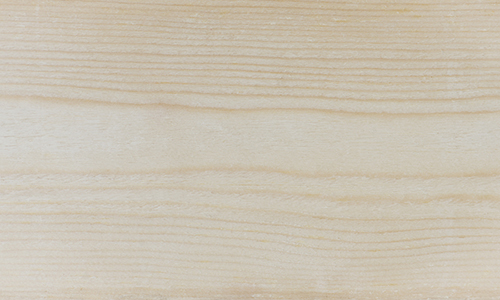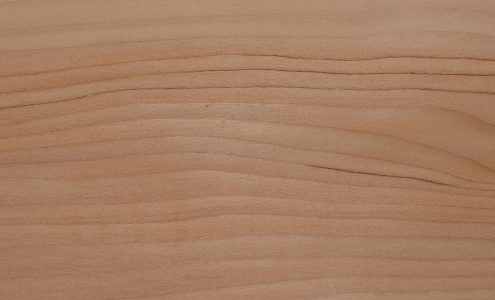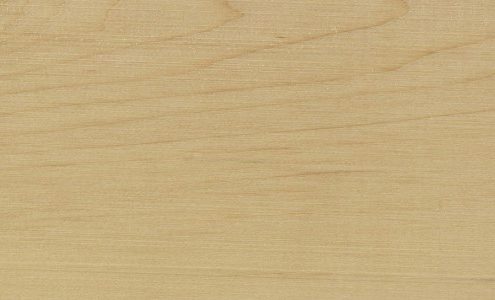Fir
Fir is a light wood, with non-differentiated heartwood, whitish or light grayish, with well distinguishable veins and annual rings.
In the basal part of the trunk there may be a darker central area known as the wet heart, in the trunks affected by this pathology the unpleasant odor of the wood is characteristic.
Medium texture and usually straight grain.
Technological properties
The fir is characterized by a soft wood, with an average resistence to bending and rigid, it presents shrinkage and low-level nervousness, but which become evident in the presence of reaction wood. The quality of the wood of this species is very variable depending on the areas of origin and on the defects presented by the assortment; a first parameter to evaluate it is the width of the rings (clearly visible in the cross section) which must be thin and regular.
Use
Planks and beams for construction, furniture, carpentry, interior cladding, window frames, materials for fiber and particle board, wood wool. Wood from rare plants with particular characteristics is used for parts of violins and other stringed instruments or parts of pianos (resonating wood or wood with indentations).
Typical defects
Little durable; Alveolar collapse and cracking due to mineral layers and points of higher humidity. It tends to stain itself during the process of drying.
Technical details of flint
| Family | European Resin Trees |
| Scientific name | Abies, Picea, Picea Excelsia |
| Other names | Spruce, Avez (I), Pez (I) |
| Geographic origin | Mixed woods of conifers or conifers and broad-leaved trees of the Alpine and Apennine mountain belt corresponding to the Fagetum and the warm Picetum of northern Europe |
| Medium Specific Weight | Fresh 450 kg/m3 – Dried 860kg/m3 |
| Sawing | Easy |
| Drying | Rapid with risk of cracks and splits |
| Planing | Without difficulty |
| Glueing | Good |
| Nailing and screwing | It tends to crack |







